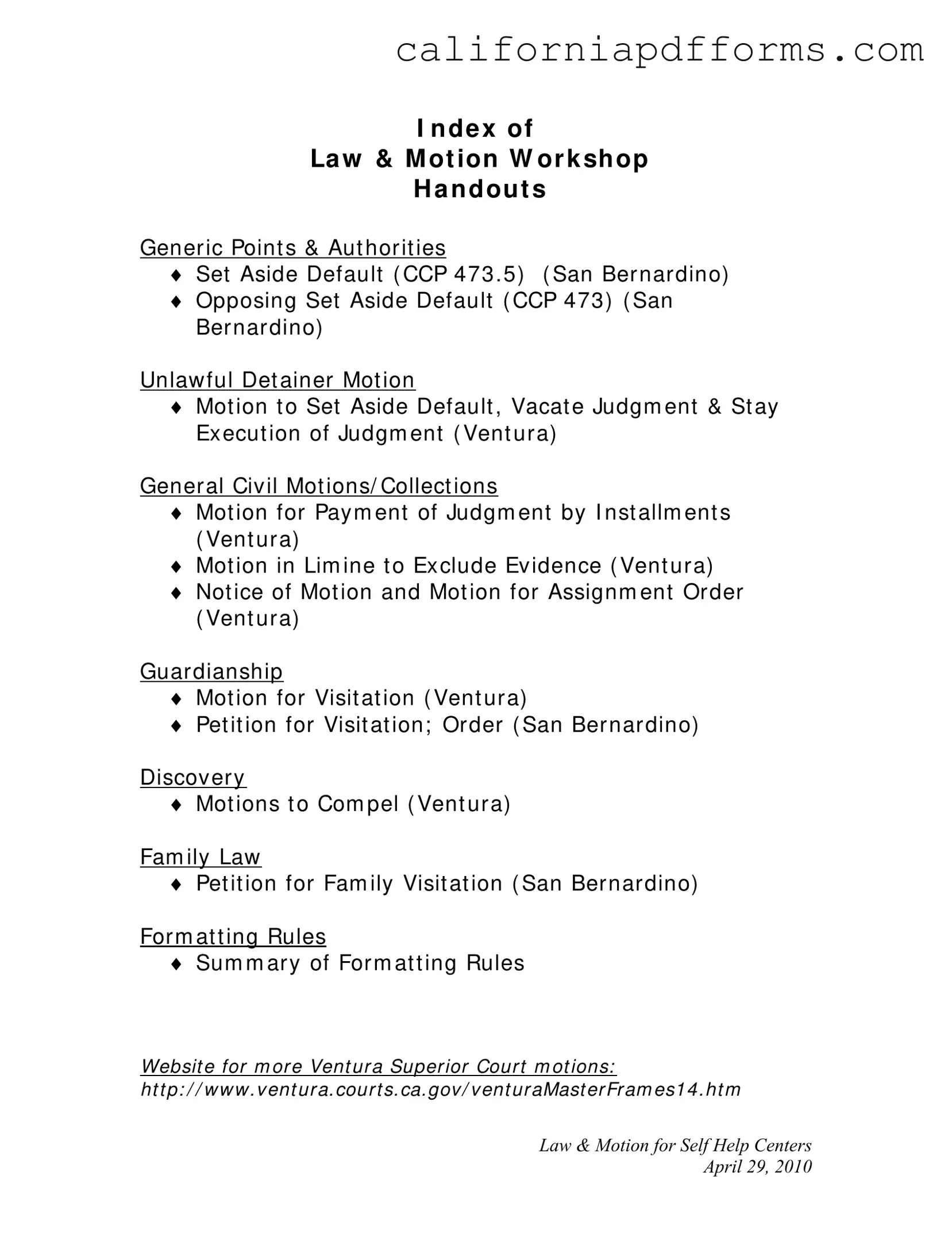Download Motion To Set Aside Default Judgment Los Angeles California Form
The Motion to Set Aside Default Judgment in Los Angeles, California is a legal request that allows a party to challenge a judgment entered against them when they did not receive proper notice of the proceedings. This motion is governed by Code of Civil Procedure Section 473.5, which outlines specific conditions under which a default judgment may be vacated, such as lack of actual notice. Understanding this process can provide individuals with the opportunity to defend themselves and ensure their rights are upheld.
To begin the process, fill out the form by clicking the button below.
Open Your Form Online
